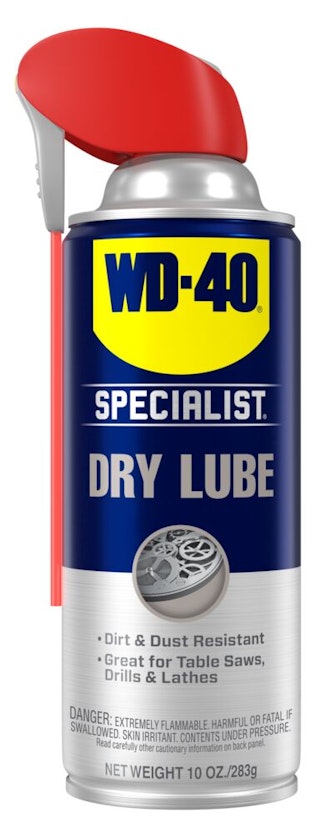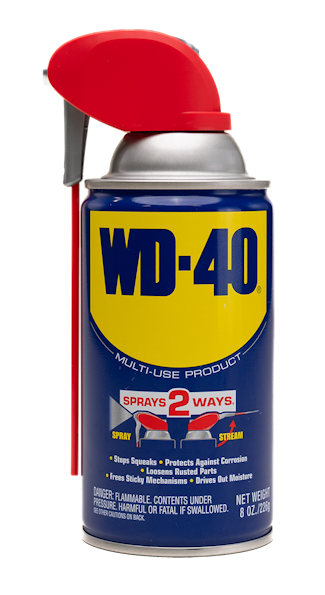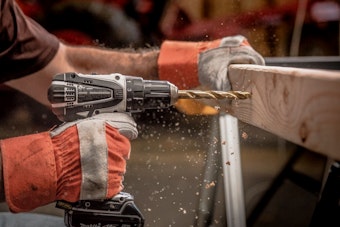How-to Maintain Your Tools: Cordless Jigsaws
How-to Maintain Your Tools: Cordless Jigsaws
<< BackWorking with wood is a nearly timeless practice for humankind, and not just for carpenters and builders. It’s one of the most diverse resources from nature in terms of application, and you can find wooden materials in use across cultures and throughout the globe. Modern power tools have turned wood into an even easier resource to apply in practical and creative uses at work and around the home, making it a go-to material for DIYers. One such tool that’s often overlooked by newcomers to woodworking is the cordless jigsaw – a portable, handheld device that’s not too expensive and one that really lets your creativity shine. Read below for some tips on how to use and maintain this versatile tool.
Why a Cordless Jig Saw
One of the main benefits of a cordless jigsaw is its lack of limitation. According to Popular Mechanics, “cordless jigsaws are a dream to use because you can twist and turn the jigsaw to your heart's content, cutting elaborate curves without being impeded by a dangling cord or worrying about accidentally cutting it.” Start from an edge or drill a hole where you wish to begin and get going…whether it’s for a shelf, a sign board, or a piece of artistic inspiration via plywood. It’s also a relatively safe tool, and some people use it as a trainer for teenagers and youths to learn about power tools. (As a side note – it also makes for great pumpkin-carving, come Halloween season.)
More than just Wood
Another benefit of the cordless jigsaw, like many other kinds of saws, is that with the right blade (and protective equipment) you can cut all kinds of different materials. While different wooden densities may require different blade styles, you can also find options for metals, fiberglass, plastics, drywall, and more. Blades are generally inexpensive and easy to change, opening wide the possibility to create elaborate curves on many kinds of materials.
Caring for your Jigsaw
Jig saws incur similar problems to drills, with the critical area being the blade attachment. Usually this attachment is a twisting or clamping grip device that grips the blade and is made for quick changeovers. You’ll find it at the exterior end of the spindle with the up-down action strokes.
Remove the blade (refer to manufacturer instructions, if necessary) and clean the area with a brush. A vacuum or a burst of compressed air might prove useful to clear away hidden debris. If a laser projector is present, clean this area as well with an old toothbrush or similar soft-bristle. You can lubricate the area with the classic WD-40® Multi-Use formula, or you may wish to try WD-40 Specialist Dry Lube for superior lubrication and long-lasting protection that does not attract dirt, saw dust, and other particles.
Pro Tip: You can also give a light coating of WD-40 Specialist® Dry Lube to blades on your jigsaw and other saws around the shop. The dry lube helps ease unnecessary friction and keeps the blades protected from rust and corrosion without adding an oily residue.
FEATURED PRODUCTS
WANT TO GET MORE TIPS AND TRICKS?
SUBSCRIBE TO THE NEWSLETTER




